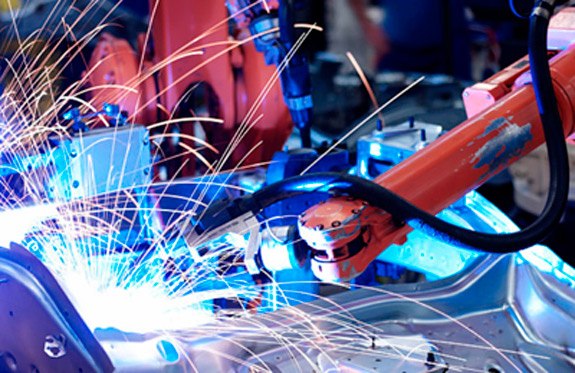For carbureted or throttle body gasoline injection engines, the intake manifold refers to the intake line after the carburetor or throttle body to the intake port in the cylinder head. Its function is to distribute the air and fuel mixture to the intake port of each cylinder from the carburetor or throttle body. For port fuel injection engines or diesel engines, the intake manifold simply distributes clean air to the intake ports of each cylinder. The intake manifold in car engine must distribute the air, fuel mixture or clean air as evenly as possible to the individual cylinders, for this reason the lengths of the gas runners in the intake manifold should be as equal as possible. In order to reduce the gas flow resistance and improve the intake capacity, the inner wall of the intake manifold should be smooth.
The role of the intake manifold is to distribute the combustible mixture supplied by the carburetor to each cylinder. The function of the exhaust manifold is to collect the exhaust gas after each cylinder works and send it to the exhaust pipe and muffler, and then discharge it into the atmosphere.
1) High-temperature resistance: The plastic intake manifold is directly connected to the engine cylinder head, and the temperature of the engine cylinder head can reach 130 ~ 150 ℃. Therefore, the plastic intake manifold material is required to withstand a high temperature of 180°C.
2) High strength: The plastic manifold is installed on the engine to withstand the vibration load of the automobile engine, the inertial force load of the throttle valve and sensor, the pulsation load of the intake pressure, etc., and also to ensure that it is not affected by the high-pressure pulsation pressure when the engine is abnormally tempered. blasting.
3) Dimensional stability: The dimensional tolerance of the connection between the intake manifold and the engine is very strict, and the installation of sensors and actuators on the manifold should also be very accurate.
4) Chemical stability: The plastic intake manifold is in direct contact with gasoline and antifreeze coolant during operation. Gasoline is a strong solvent, and ethylene glycol in the coolant will also affect the performance of the plastic. Therefore, the plastic intake manifold The chemical stability of the pipe material is very demanding and needs to be rigorously tested.
5) Thermal aging stability: The automobile engine works in a very harsh ambient temperature, and the working temperature changes reciprocally at 30~130 °C. The plastic material must be able to ensure the long-term reliability of the manifold.
